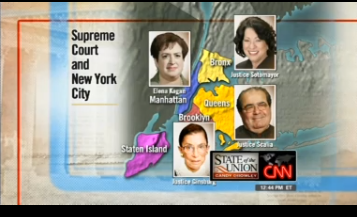A very wise discussion from Taleb’s new book Antifragile about the significance of smear attacks, and how to respond to them:
Information is antifragile; it feeds more on attempts to harm it than it does on efforts to promote it. For instance, many wreck their reputations merely by trying to defend it.
…
Criticism, for a book, is a truthful, unfaked badge of attention, signaling that it is not boring; and boring is the only very bad thing for a book. Consider the Ayn Rand phenomenon: her books Atlas Shrugged and The Fountainhead have been read for more than half a century by millions of people, in spite of, or most likely thanks to, brutally nasty reviews and attempts to discredit her. The first-order information is the intensity: what matters is the effort the critic puts into trying to prevent others from reading the book, or, more generally in life, it is the effort in badmouthing someone that matters, not so much what is said. So if you really want people to read a book, tell them it is “overrated,” with a sense of outrage (and use the attribute “underrated” for the opposite effect).
Balzac recounts how actresses paid journalists (often in kind) to write favorable accounts— but the wiliest got them to write unfavorable comments, knowing that it made them more interesting.
…
Criticism itself can be antifragile to repression, when the fault finder wants to be attacked in return in order to get some validation. Jean Fréron, said to be a very envious thinker, with the mediocrity of envious thinkers, managed to play a role in intellectual history solely by irritating the otherwise brilliant Voltaire to the point of bringing him to write satirical poems against him. Voltaire, himself a gadfly and expert at ticking off people to benefit from their reactions, forgot how things worked when it came to himself. Perhaps Voltaire’s charm was in that he did not know how to save his wit. So the same hidden antifragilities apply to attacks on our ideas and persons: we fear them and dislike negative publicity, but smear campaigns, if you can survive them, help enormously, conditional on the person appearing to be extremely motivated and adequately angry— just as when you hear a woman badmouthing another in front of a man (or vice versa). There is a visible selection bias: why did he attack you instead of someone else, one of the millions of persons deserving but not worthy of attack? It is his energy in attacking or badmouthing that will, antifragile style, put you on the map.
In the event anyone launches a smear attack on me in the future (it has already happened), I plan on simply linking back to this post. That will be the extent of my response.
